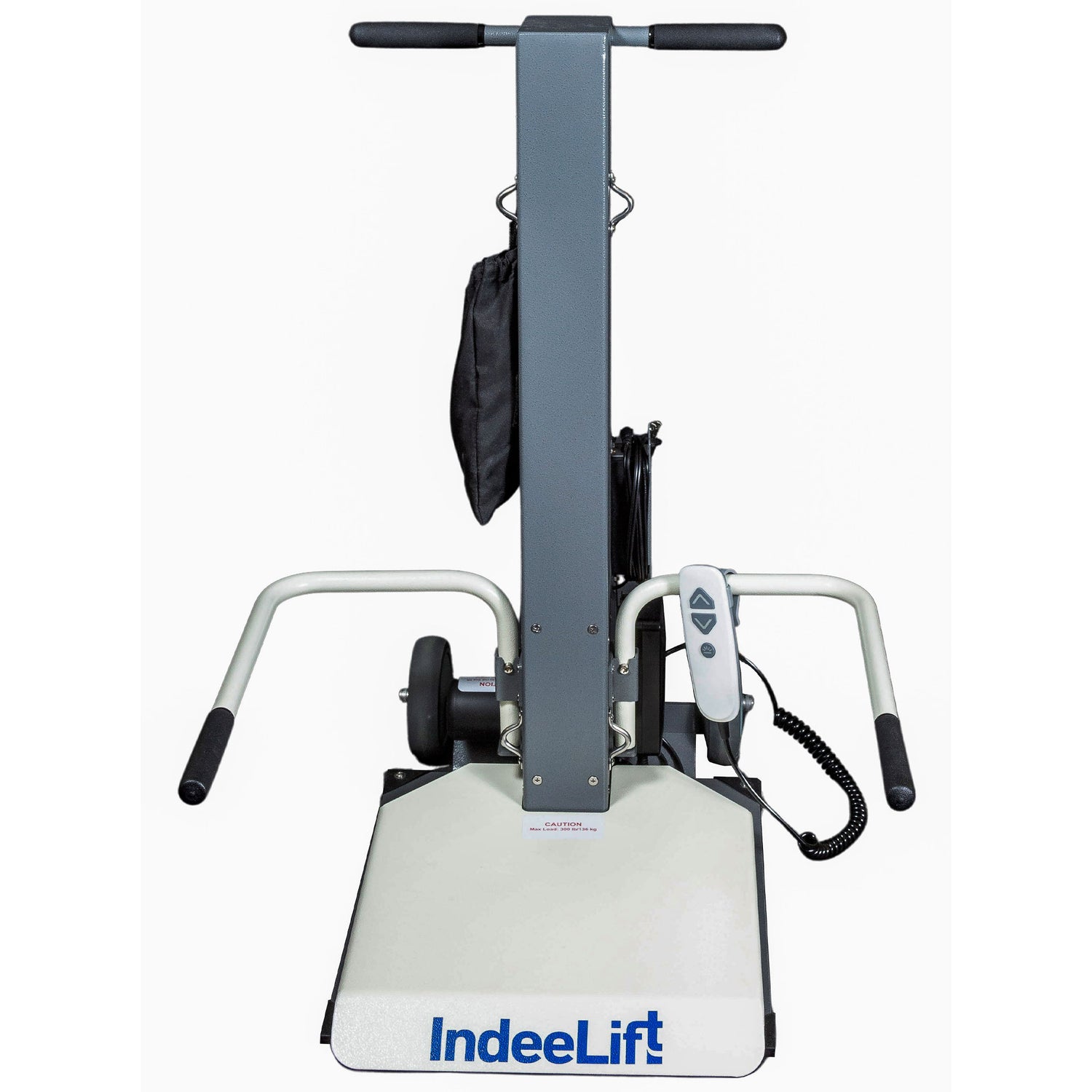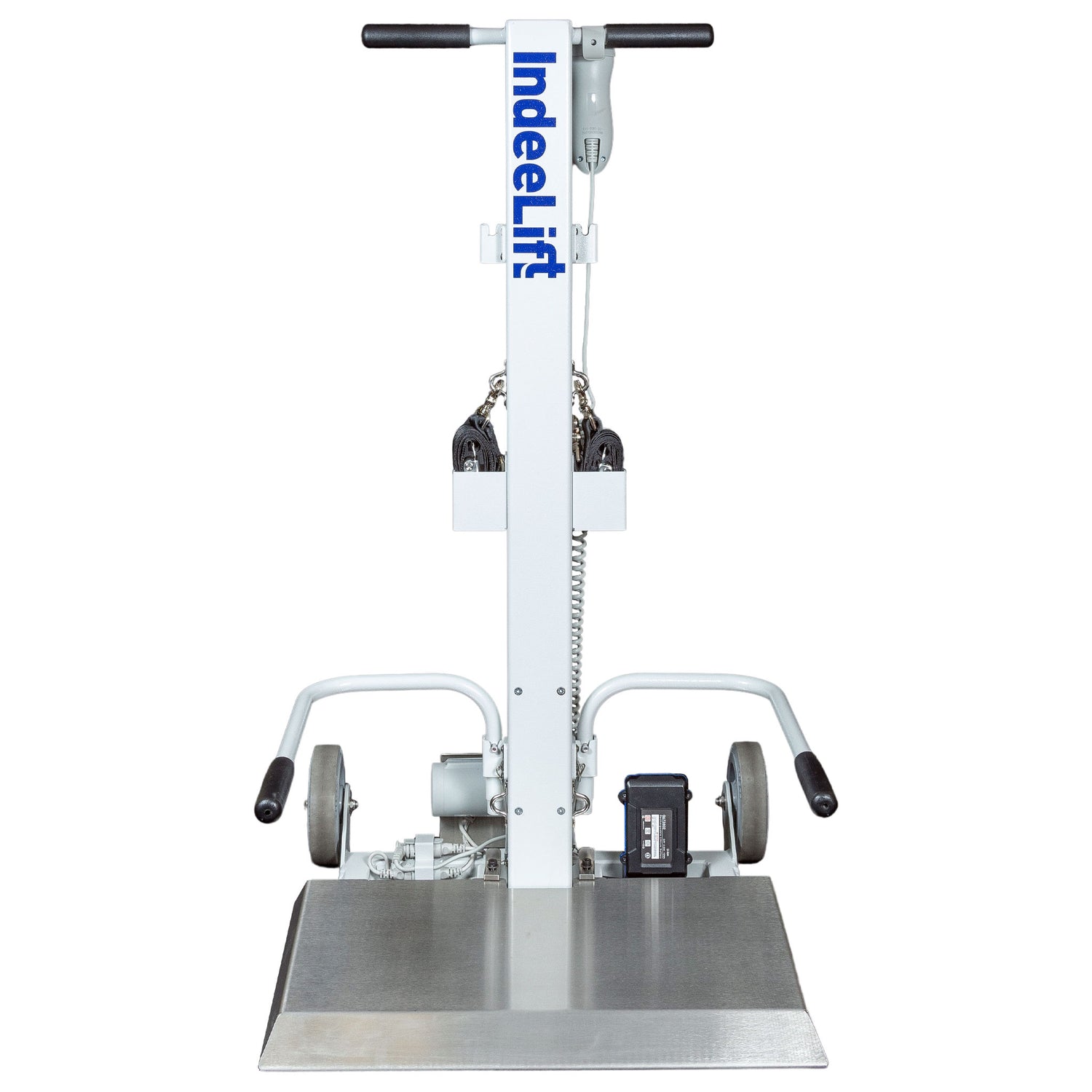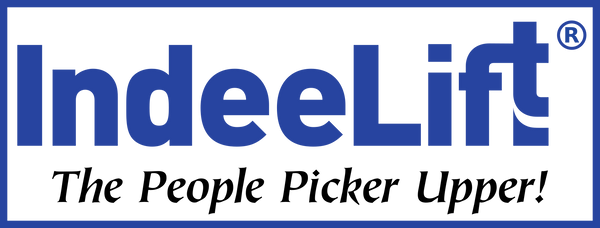About Us
The IndeeLift Journey
Necessity is the mother of invention
Both of the founder’s parents had a falling problem. His mother had fallen down so many times he lost count a number of years ago. His father was in his late stages of life and suffered from diabetes, obesity, renal failure and dementia caused by micro-strokes. He had bad knees and would lose his balance and fall down. For years, he would just get up and walk away. The last couple of years of his life he could not get up without the help from someone. He would wake up in the middle of the night needing to go to the restroom and promptly fall down because of edema. He couldn’t get up by himself and his size made it very difficult to pick him up. A failed search for a solution to help the family led to inventing a tool to help people get up from the floor after a fall.
This led to the origin of IndeeLift. We now have human lifting devices for Emergency Medical Services (EMS), Professional Healthcare, Home, and Care Center environments.
IndeeLift’s Mission
The mission of IndeeLift is twofold. IndeeLift was founded with the goal of providing a quick and safe method to get mobility-challenged people up after a fall with self-operated and assisted patient management tools.
The second area is regarding safe patient handling and mobility in the home and care environments that are safe for the patient and caregiver alike. Lifting patients is the number one reason that hundreds of thousands of caregivers are injured each year. IndeeLift allows patient handling utilizing gravity and machine assistance eliminating the risk of lift-related injuries to the care providers.
We help people stay independent and longer in their homes. We also provide tools to assist caregivers maneuver patients by providing lifting, transfers and transport in the acute, post-acute, long-term and home care environments.
The impact of accidental falls in the US
About 8,000,000 people in the US have a communication device on a necklace which allows them to call for help after a fall. Millions of people fall down every month and rely on these devices. Family, neighbors, and EMS are called out to assist the fallen to get back up.
Hundreds of thousands of falls result in EMS dispatches and emergency room visits with great cost to EMS and hospital systems. A regional study regarding the number of lift-assist calls performed by a regional EMS organization documented this trend. This study describes fall types, repeat calls, and the impact to the EMS personnel responsible for managing non-emergency lift-assist calls.
What IndeeLift brings to patients and their caregivers
IndeeLift products provide immediate recovery from a fall, enhanced safety, peace of mind, painless fall recovery and a safe solution to mobility-challenged individuals living independently or with the assistance of caregivers. We have hundreds of testimonials from IndeeLift users that thank us for a tool so helpful.
Impacting the Health Care Systems
The IndeeLift products eliminate the need for manual patient lifting and multiple-person lift teams in acute, critical care, rehab and assisted living environments. Eliminating manual lifting reduces the risks associated with patient manipulation in all care environments. Workers’ compensation claims in healthcare cost tens of millions of dollars annually to healthcare systems and the insurers.
Patient Safety situation in the US
There are currently eight US states that have safe patient handling laws on the books. This list is growing as our aging population needs to have the tools to live safely in private homes. With 69.6 million baby-boomers over 65, 13 million seniors over 80 years old and eight million disabled persons in the USA, we have to provide the tools to allow 100 million people to live safely at home and not be dependent on EMS to provide day-to-day services like lift-assist calls which overwhelm our emergency response systems..
Safe patient handling & mobility is a priority across the globe and IndeeLift has some basic products that greatly enhance the safety of those living independently in the areas of fall-recovery and patient maneuvering.
-

Home & Care Centers Patient Lifts
Your browser does not support the video tag. Patient Lift Assist IndeeLift...
-

Patient Lifts for Healthcare Professionals
Your browser does not support the video tag. IndeeLift, also known as...







